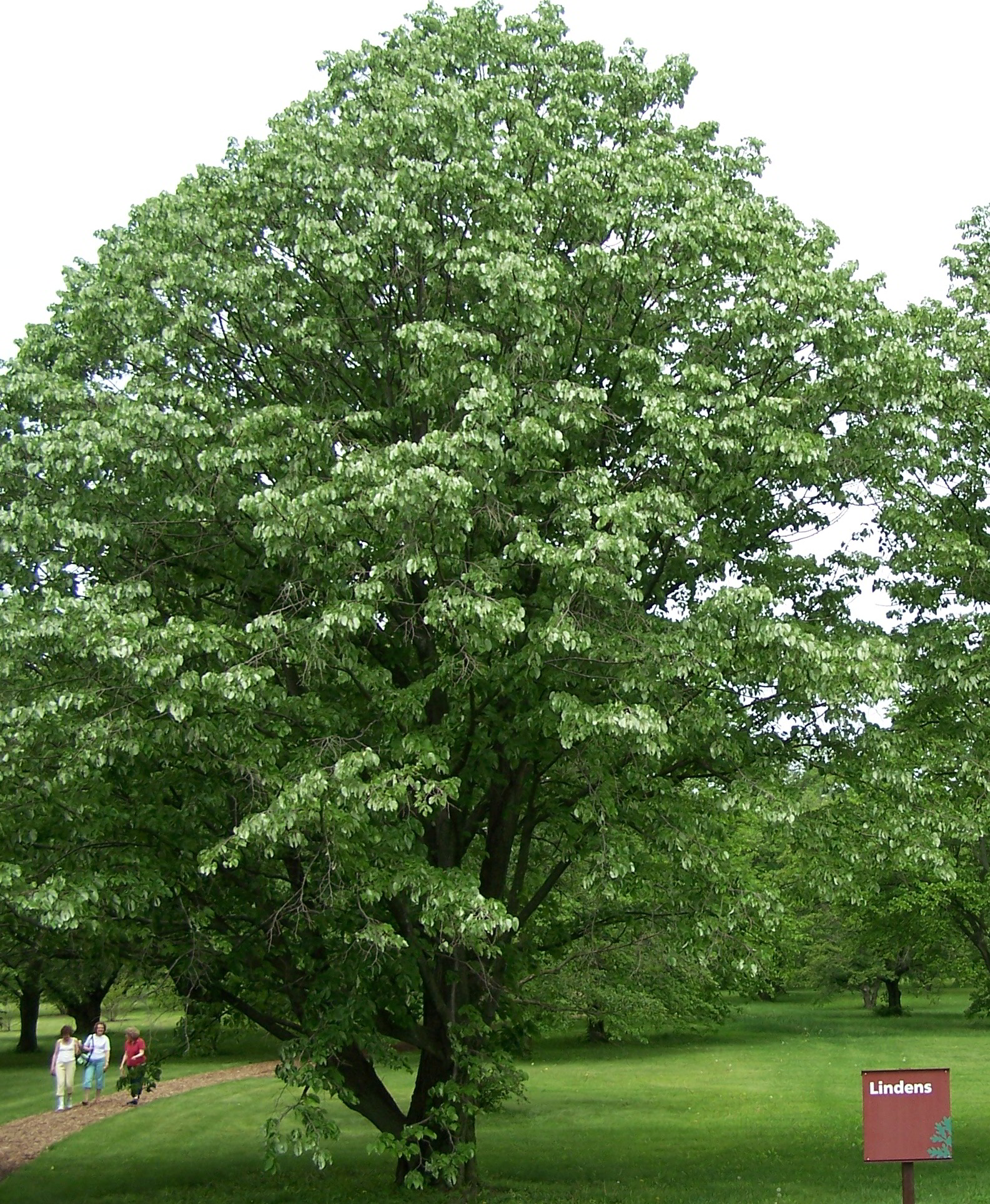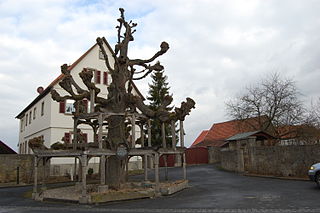 The Linde or Linden (plural) –Talia or Basswood – is a tree with a typical heights from 60 to 139 ft and in a few towns and villages all over Germany are used to dance (Tanz) “on” or under them.
The Linde or Linden (plural) –Talia or Basswood – is a tree with a typical heights from 60 to 139 ft and in a few towns and villages all over Germany are used to dance (Tanz) “on” or under them.
Some trees of this species are known to reach the ripe old age of a 1000 years and are in many Central European countries considered a symbolic and sacred tree. Believed to be the tree of truth and also the tree of lovers. The most famous street in Germany utilizing the name, as it is lined with these trees, is “Unter den Linden” (Under the Talias) in the center district (Mitte) of Berlin.
Back to the historical “Tanzlinden”; some were just the trees in the village center, where the locals met on special occasions for celebrations and dancing. Others are actual trees with elevated platforms to dance on or a stage for the musicians. In Franken, the northern part of Bavaria, of the 9 trees I know off, I would like to use the one located in Peesten, Oberfranken as an example.
According to the information at the Linde: The original tree was most likely planted in the middle of the 16th century and the construction of the “Tree Hall” goes back to 1637. A new tree was planted in 1951 after the old one died of neglect during World War II. The masonry pillars supporting the platform date back to the year 1770 and the staircase was added in 1837. To make the structure safe again, all the wood was replaced in 2001 with new oak following the original plans and adhering to the historic ways of woodworking. This historical Tanzlinde is still the center of many of the village festivals, including outdoor church services and even theater performances.

Other notable “Tanzlinden” in the area:
|
Limmersdorf |
Langenstadt |
This “Tanzlinde” in Limmersdorf brings us to introduce the next restaurant.





